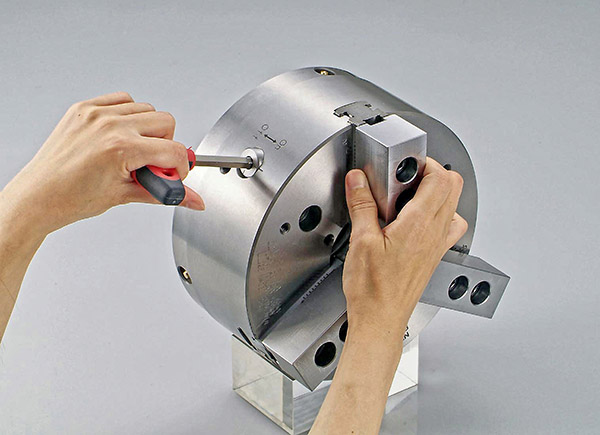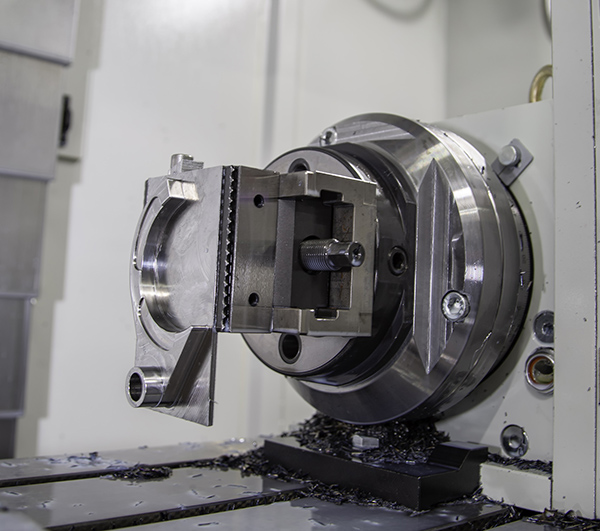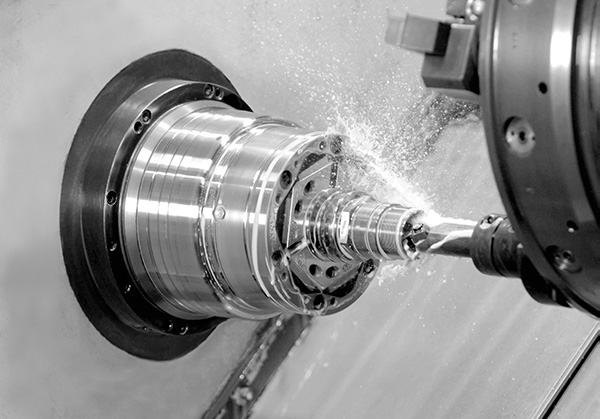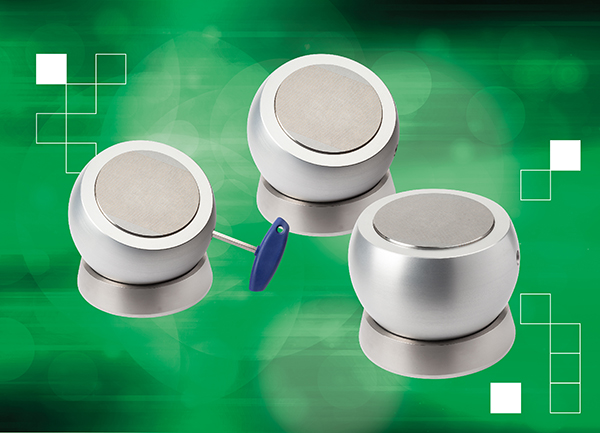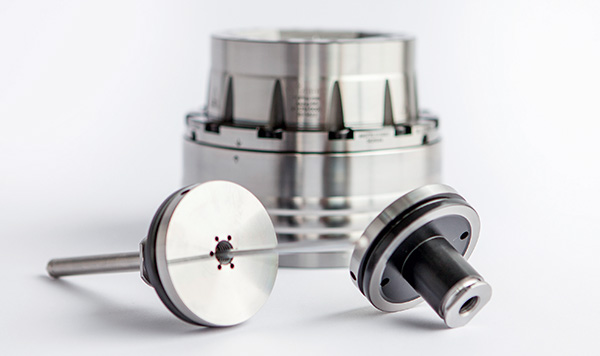1st Machine Tool Accessories is advising that a quick-change chuck has the ability to eliminate a majority of the time wasted when changing jaws on a conventional chuck, decreasing the delay between the end of op 1 and the beginning of op 2 by as much as 90%.

Instead of wasting 20 minutes, changeover typically takes just two minutes. The company has produced a cost calculation based on the use of a Kitagawa QJR (Quick Jaw Release) chuck, in support of its claims.
The cost comparison generated by 1st MTA, which shows ROI in a very short time, is based on the use of a Kitagawa QJR chuck. Available in four sizes (7, 8, 10 and 12”), QJR chucks use the same jaws as standard chucks in the range.
1st MTA’s hypothetical illustration is based on the use of a QJR10, a 254 mm quick change, three-jaw, large through-hole power chuck with five sets of standard metric quick-change jaws plus soft jaws, which all costs £6124. This chuck interchanges directly with a Kitagawa BB 210 large bore chuck, priced at £2177 with five sets of jaws, with which the comparison is made.
The average time saved when exchanging the QJR chuck instead of the BB chuck is 15 minutes. Based on three set-ups per day and an estimated machining cost of £60 per hour, the daily cost saving for the three changeovers is £45. The difference in purchase price between the two chucks is £3947. At £45 saving per day, the time required to break even is slightly less than 88 days. On this basis, the total saving by the end of the first year is £12,478, after which the annual saving is £16,425.
For further information www.1mta.com






